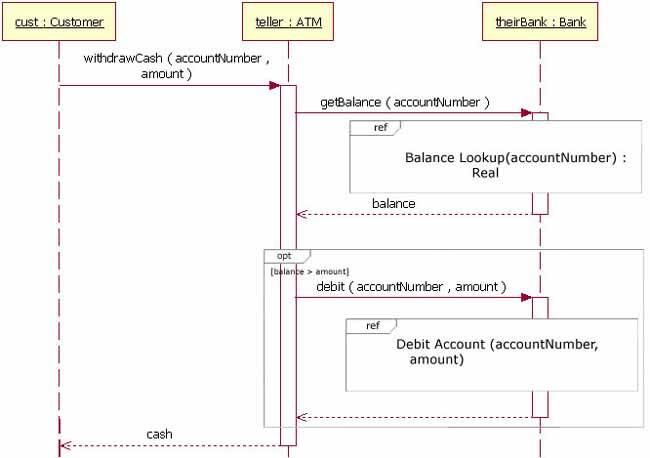

You can apply these nuances in the display of elements behind and covered or overlapped by an Interaction Fragment, by changing the opacity of the element.īefore setting the opacity, check that the element has a fill color. Whilst an Interaction Fragment usually encloses a number of other elements, there might be reasons for hiding those elements as well as times to fully show them, or perhaps just indicate that they are there, depending on the immediate purpose of the diagram. Moving an operand line moves any objects and Messages below that line down or up by the amount the operand line is moved.įragments containing other fragments resize when the contained fragment is resized (unless the fragment is in 'move freely' mode).

Interaction Fragments inside a Combined Fragment operand cannot be moved outside the operand unless the fragment is in 'move freely' mode. To move a Combined Fragment independently of its contents, make sure the 'move freely' element icon is visible if it is not shown, click on the 'move contents' icon and drag the element border. When you select an Interaction Fragment on a diagram, it shows one of two element icons (off the top right corner) that control how freely you can move the fragment and any Messages within and below the fragment. A Fragment on a Sequence diagram will resize when a Message within it is moved up or down, to continue to contain that Message. To move a Message out of a Fragment, or to a different position in the sequence within the Fragment, press and hold the Alt key as you drag the Message into position. Once contained within a Fragment or a Fragment Operand, Messages continue to be contained by it as they are moved up and down the diagram. In order to select a Combined Fragment, you must click near the inside edge or drag a selection rectangle around the Fragment this is designed to prevent accidental selection when moving Messages inside the Fragment.

Click on the appropriate arrow to change the order.Select an interaction fragment with more than one condition defined up and down arrows appear on the right hand side of each condition.The order of interaction fragment conditions can be changed directly on the diagram: After the fragment completes its trace, the cashier gives a receipt to the customer, under the fulfilled condition that payment requirements were met. An alternative fragment represents the payment options, the fragment being divided to show the two operands cash and credit card. A loop fragment represents iteration through an unknown number of items for purchase, after which the cashier requests payment. This Sequence diagram illustrates the use of Combined Fragments in modeling a simplified purchasing process. The Fragment displays as a transparent window, divided by horizontal lines for each operand. A Combined Fragment reflects one or more aspects of interaction (called interaction operands) controlled by an interaction operator, with corresponding Boolean conditions known as interaction constraints.


 0 kommentar(er)
0 kommentar(er)
